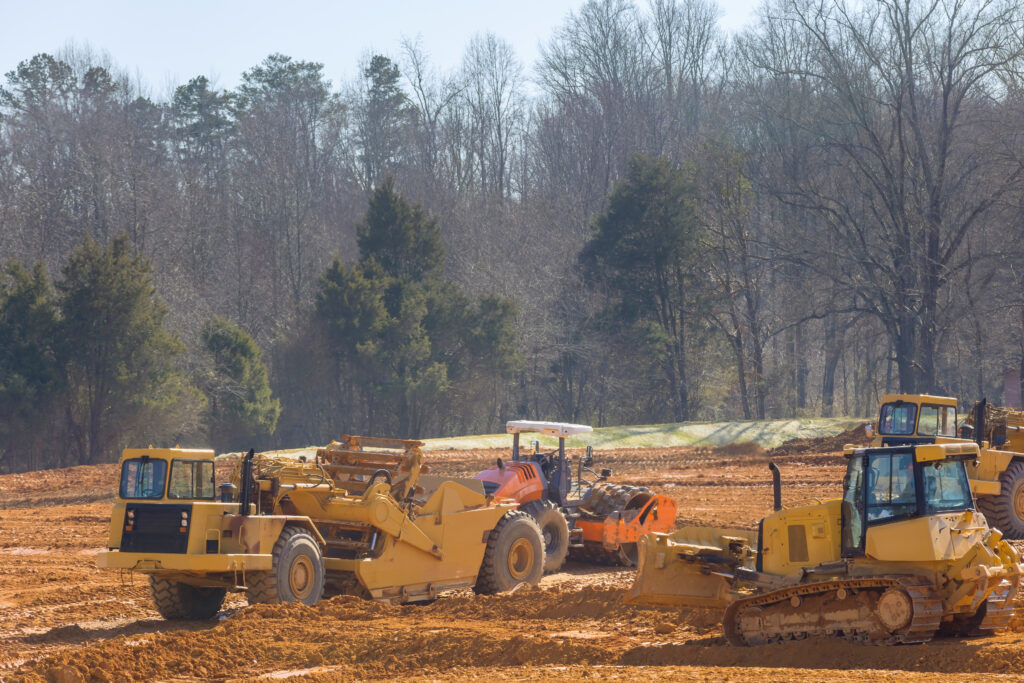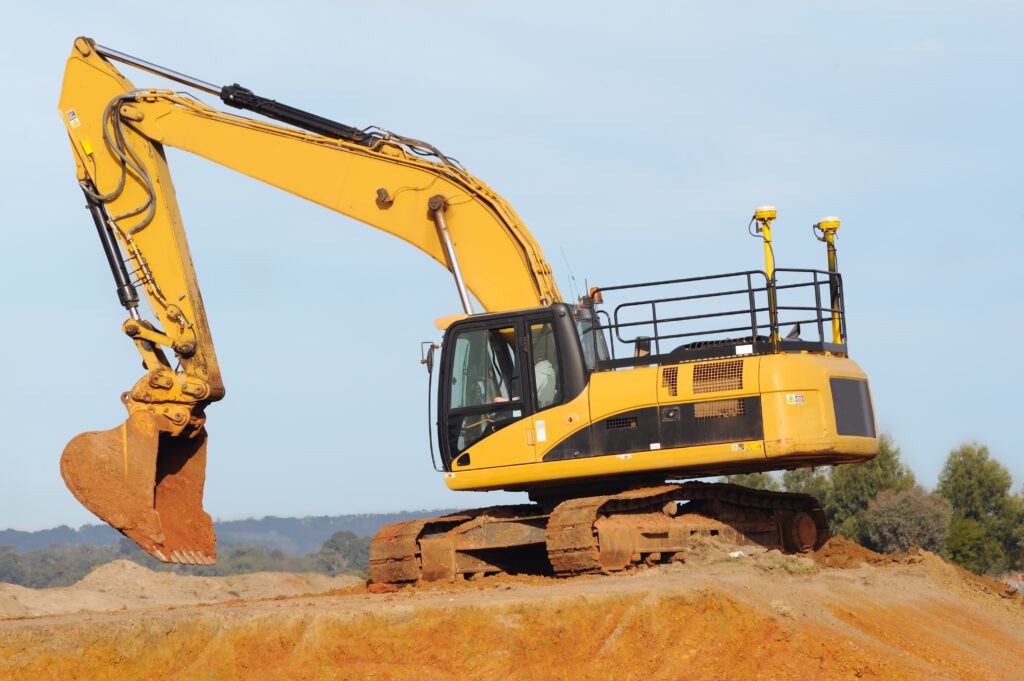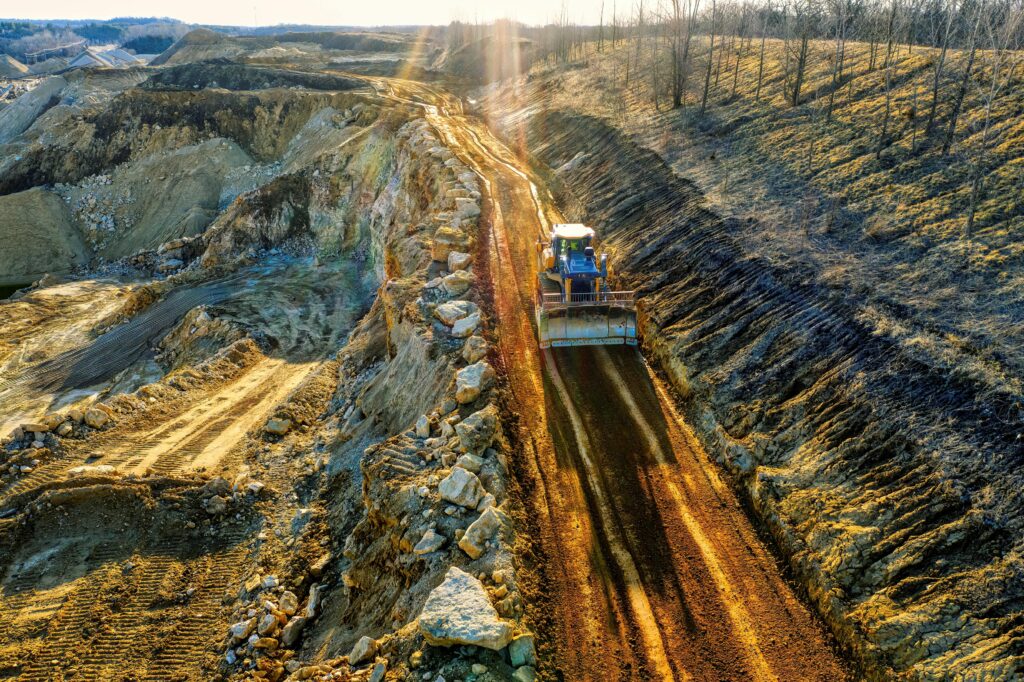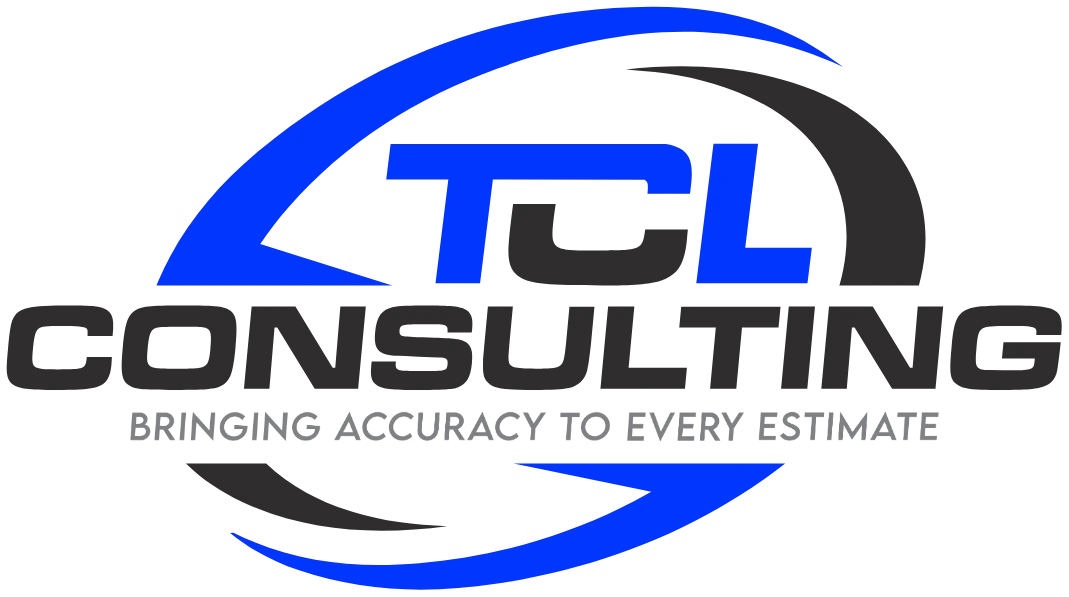
Table of Contents
Why Earthwork Takeoffs Matter
Earthwork takeoffs are the foundation of a successful bid and build. They help you estimate how much dirt needs to be moved, where it needs to go, and whether the site will balance. Done right, they reduce waste, improve grading accuracy, and keep your project on track.
But when takeoffs are off—even by a little—contractors can lose thousands. From trucking in unexpected fill to wasting time reworking bad grades, inaccurate takeoffs hurt both your margins and your schedule. They also lead to disputes, schedule delays, and costly change orders that could have been avoided.

Whether you’re pricing a custom home pad or bidding on a 40-acre site with multiple phases, earthwork takeoffs are the first step toward controlling risk and boosting jobsite efficiency.es, inaccurate takeoffs hurt both your margins and your schedule.
What Are Earthwork Takeoffs?
Earthwork takeoffs are detailed estimates of cut and fill Earthwork takeoffs are detailed estimates of cut and fill volumes based on a site’s existing and proposed elevations. These calculations guide decisions on:
- How much dirt to move
- Where to cut and fill
- Whether the site will balance
- Equipment and trucking needs
- Material stockpiles and disposal
- Subgrade preparation and export/import planning
They’re typically done using CAD files, PDFs, or both—layered to compare existing contours with proposed grades. Professional estimators may also generate 3D surface models to analyze volume differences, identify problem areas, and optimize grading plans.
A good takeoff not only provides earthwork volumes but also maps out pad elevations, slope transitions, and topsoil stripping areas—giving the contractor a full picture of the dirt work ahead.
Common Mistakes in Earthwork Takeoffs
- Skipping Topsoil Stripping
Not accounting for topsoil leads to undercutting and poor compaction. Always remove and stockpile before calculating fill needs. Topsoil stripping also affects drainage and pad performance. - Ignoring Shrink/Swell Factors
Soil shrinks when compacted and swells when excavated. Missing this can cause major volume miscalculations. A 10% swell can easily throw off a balanced site. - Relying on Incomplete Plans
If the grading sheet is vague or lacks detail, assumptions lead to bad data. Clarify questionable slopes, pad grades, and subgrade thicknesses. This is especially important on sloped or multi-pad sites. - No GPS Verification
Not checking the existing topo with a GPS rover can lead to flawed baselines. Field-verify elevations whenever possible. Bad base data makes every cut and fill number less reliable. - Not Including Building and Paving Sections
Cut and fill calculations should factor in pavement and pad depths—not just finish grade. Include base rock, concrete, or asphalt sections when determining subgrade elevation targets. - Missing or Ignoring Soil Conditions
Soft spots, unsuitable fill, or high water tables can drastically change dirt strategies. Always review soil borings and geotechnical reports when available.

How to Prevent Costly Errors
- Use Takeoff Software like AGTEK, Civil 3D, or Carlson to reduce manual error and generate cut/fill maps
- Overlay CAD and PDF Files to ensure you’re comparing correct surfaces and spot design conflicts early
- Review All Plan Sheets including utilities, grading, subgrades, demolition, and landscape plans
- Run Shrink/Swell Adjustments and use realistic factors based on site-specific soils
- Have a Pro Build It—Outsourcing to experts (like TCL Consulting) ensures you get it right the first time
Contractors who invest in professional takeoffs often win more work—not just because their bids are sharper, but because their numbers hold up in the field.
The Role of Cut and Fill Calculations
Cut and fill calculations determine where earth needs to be removed or added. Accurate volumes help prevent surprises, like showing up with too little dirt or needing emergency export.
Even a 5% error on a 20,000 CY job is 1,000 yards—and that’s a big cost swing. Overcutting pads or underestimating slope transitions can mean unplanned material movement and lost time.
Cut and fill also ties into your GPS modeling. When built off a proper takeoff, machine control models improve grading speed, precision, and crew confidence.
Final Thoughts
Earthwork takeoffs aren’t just numbers—they’re the blueprint for your dirt work. Every grade check, every pad elevation, every haul-off is based on them. Taking time to get it right pays off in fewer headaches and more profitable jobs.
Don’t wait until a scraper is parked to find out you’re short 500 yards. Build your estimate the right way, the first time.
Need Help with Earthwork Takeoffs?
TCL Consulting delivers accurate, detailed takeoffs to help you plan, bid, and build with confidence. From custom home pads to large commercial sites, we produce takeoffs that reduce risk and improve efficiency.
Our team reviews every plan set thoroughly, builds 3D surfaces, accounts for grading requirements, and delivers reports you can trust. We know what contractors need in the field—and we build with that in mind.
Visit to request a quote or learn more.
